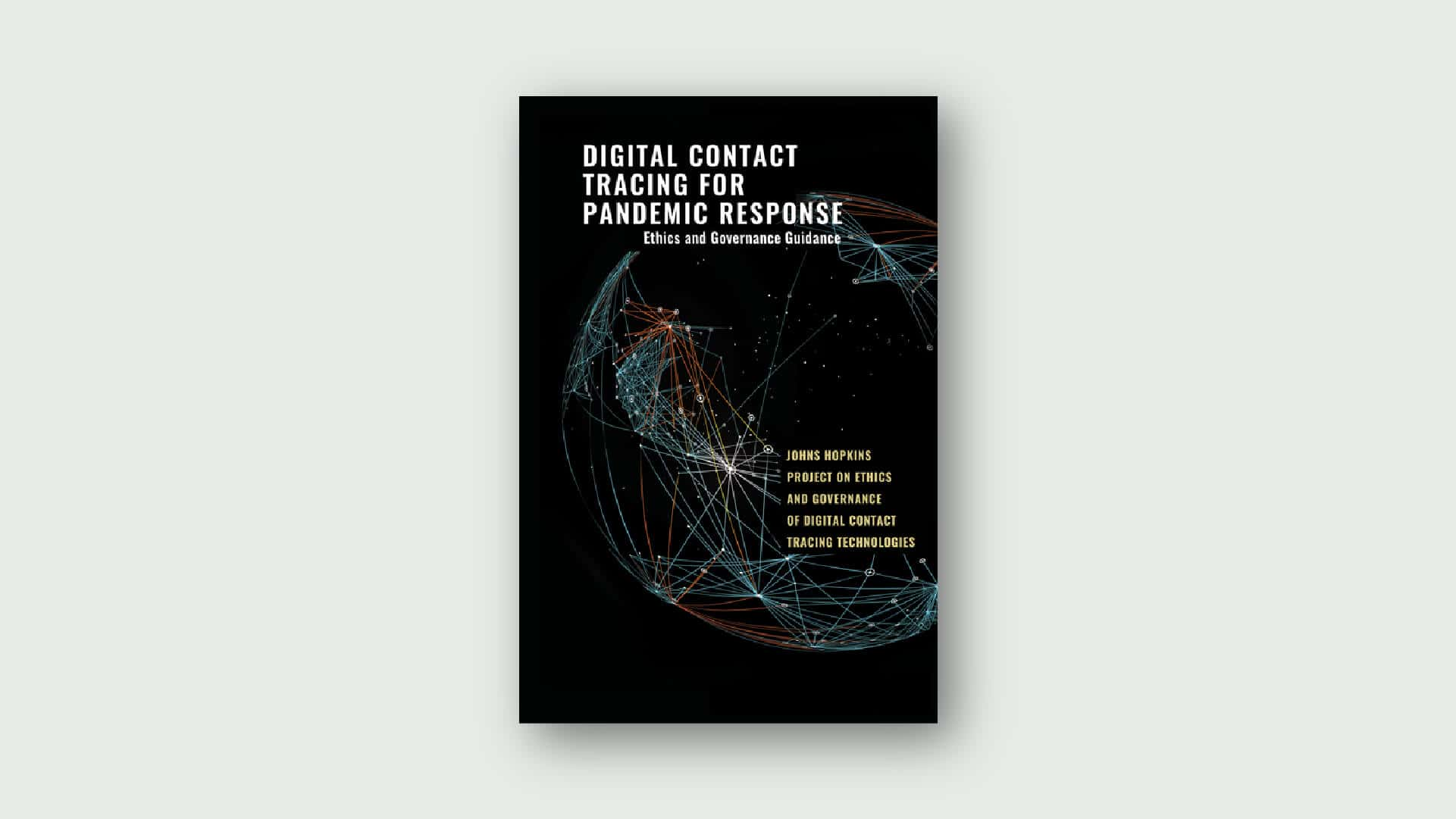Cardiac arrest can strike a seemingly healthy individual of any age, race, ethnicity, or gender at any time in any location, often without warning. Cardiac arrest is the third leading cause of death in the United States, following cancer and heart disease. Four out of five cardiac arrests occur in the home, and more than 90 percent of individuals with cardiac arrest die before reaching the hospital. First and foremost, cardiac arrest treatment is a community issue-local resources and personnel must provide appropriate, high-quality care to save the life of a community member. Time between onset of arrest and provision of care is fundamental, and shortening this time is one of the best ways to reduce the risk of death and disability from cardiac arrest. Specific actions can be implemented now to decrease this time, and recent advances in science could lead to new discoveries in the causes of, and treatments for, cardiac arrest. However, specific barriers must first be addressed.
Strategies to Improve Cardiac Arrest Survival examines the complete system of response to cardiac arrest in the United States and identifies opportunities within existing and new treatments, strategies, and research that promise to improve the survival and recovery of patients. The recommendations of Strategies to Improve Cardiac Arrest Survival provide high-priority actions to advance the field as a whole. This report will help citizens, government agencies, and private industry to improve health outcomes from sudden cardiac arrest across the United States.




